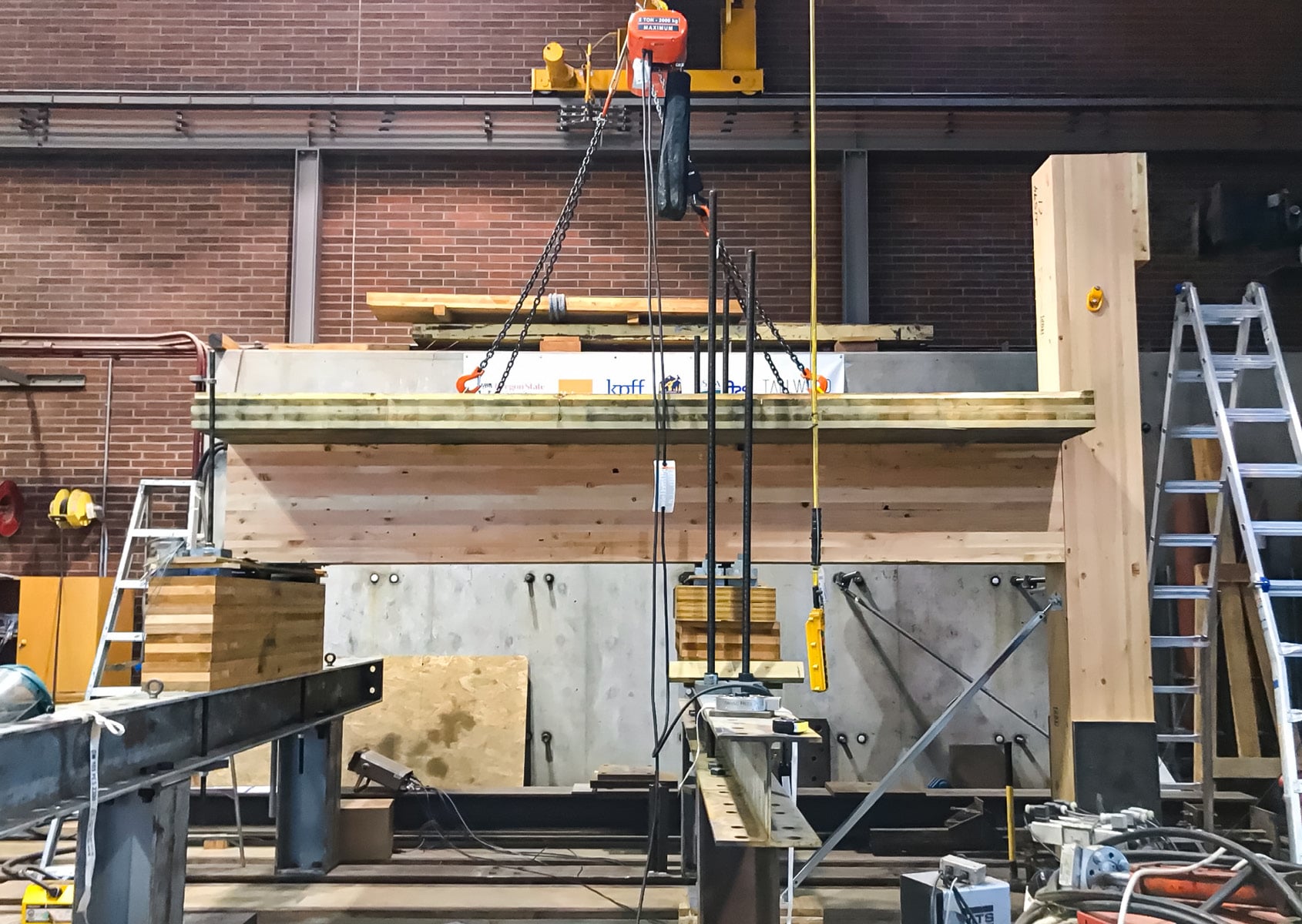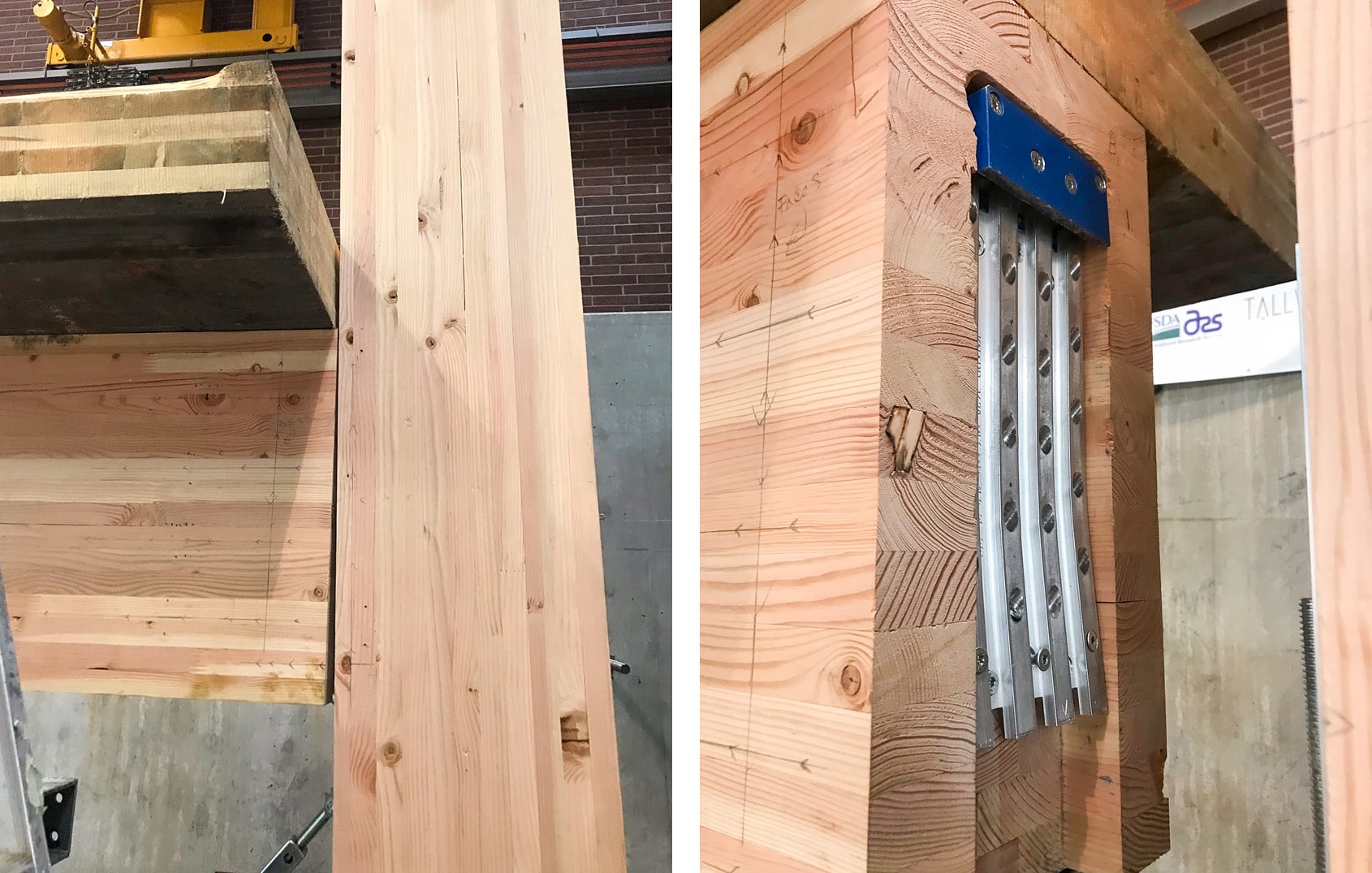
Primarily engineered to resist gravity-induced shear forces, beam-to-column connectors must also withstand significant lateral deformations and rotations during earthquakes. In seismic design, natural period, stiffness, damping, and ductility represent the essential structural properties to be considered. Determining a structure’s fundamental period is crucial for estimating its design base shear force and acceleration response—two principal factors influencing safety and resilience. An increase in connection stiffness leads to a greater design base shear force, with a disproportionate reduction in lateral drift. Additionally, heightened stiffness corresponds to a more pronounced acceleration response, potentially causing more structural and non-structural damage. Thus, an excessively stiff connection may not be ideal for mitigating dynamic loading. An optimal structural design should minimize the acceleration response and associated base shear force while allowing acceptable lateral deformation.
This white paper—which supplements a previously published white paper—presents results from a series of monotonic and cyclic pushover experiments performed at Oregon State University (OSU), examining the drift performance of three different connections in terms of stiffness and damping capacity.

Each test specimen consisted of a Douglas-fir (D-fir) 24F-V4 glue-laminated timber (glulam) column and beam, atop the latter of which a 5-ply spruce-pine-fir (SPF) cross-laminated timber (CLT) deck was attached. Data were collected using a combination of load cells, linear variable differential transformers, and string potentiometers. Three different connectors were investigated, namely, a pre-engineered connector, MEGANT E 450 × 150 × 50, and two custom-designed connectors, a knife plate connector and a notched column connector.

The monotonic test results revealed that the MEGANT E connector exhibited the lowest residual displacement, measuring only 5/16″, in contrast to the wide range (3/4″–4-1/16″) observed in its custom-designed counterparts. This distinction highlights the superior effectiveness of the MEGANT E connector in limiting permanent connection deformation, leading to reduced rehabilitation costs and enhanced occupant safety and comfort. The superiority of the MEGANT E Connector was similarly demonstrated under cyclic loading, as evidenced by higher total energy dissipation and a continuously increasing equivalent viscous damping ratio throughout testing, showcasing its greater energy dissipation capabilities.
Register for a Technical Learning Session
Sign up for MTC Newsletter and keep up to date with all our progress.